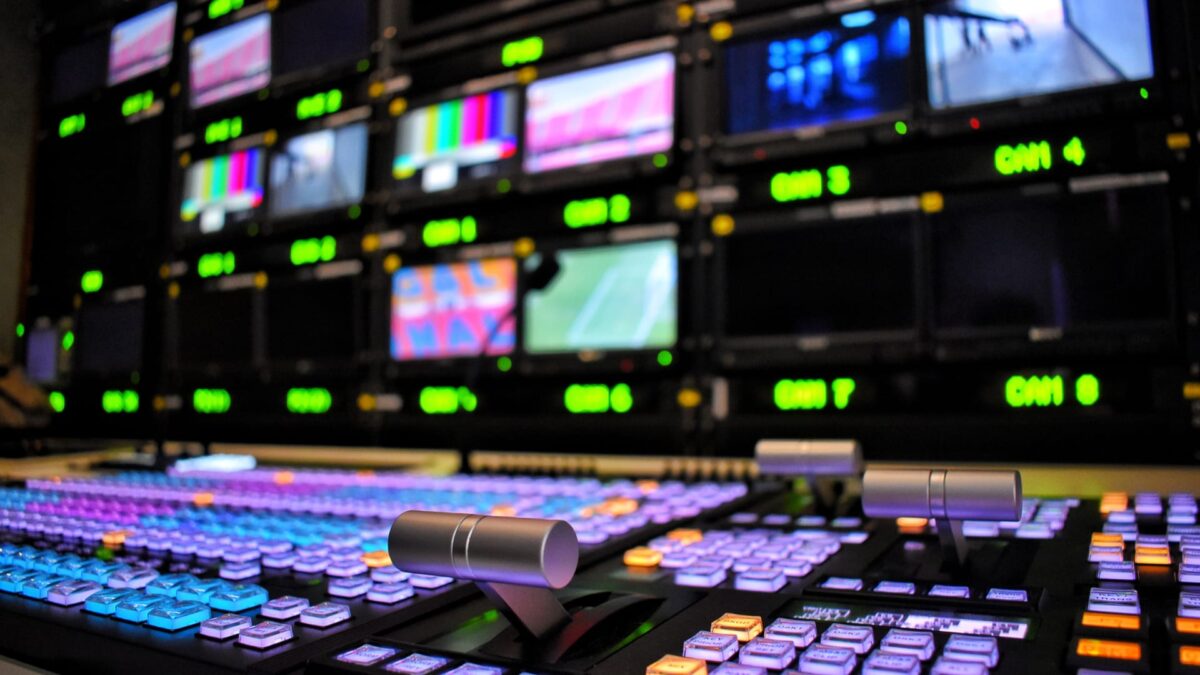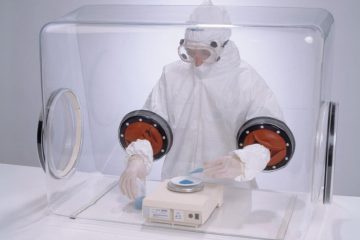- The Evolution of Transcription: From Typewriters to Real-Time Technology
- How Real-Time Transcription is Changing the Face of Meetings and Conferences
- Advancing Education: Real-Time Transcription in Academic Institutions
- The Technical Mechanics Behind Real-Time Transcription Technology
- Real-Time Transcription in the Healthcare Sector: A New Wave of Patient Care
- Maximizing Workforce Productivity with Real-Time Transcription Tools
- Multimedia Accessibility: Real-Time Transcription in Broadcasting and Streaming
The Evolution of Transcription: From Typewriters to Real-Time Technology
The history of transcription is one of constant innovation, marked by the tireless pursuit of efficiency and ease of use. Manual transcribing with typewriters was the norm for decades, requiring a dedicated effort from skilled typists who would listen and manually translate audio into typed text. The digital revolution, however, ushered in a new era characterized by the lightning-fast capabilities of real-time transcription technology. This latest iteration represents a leap in converting audio to text speed and efficiency. It signals a shift towards more immediate information dissemination and consumption.
As institutions and businesses across the globe look to audio to text converter tools for improvements in operational efficiencies, the impact on the transcription industry has been profound. The once labor-intensive process now provides instantaneous outcomes, vastly reducing the turnaround time from speech to text and transforming the nature of tasks across numerous fields, such as journalism, legal services, and event management.
How Real-Time Transcription is Changing the Face of Meetings and Conferences
The corporate world rapidly embraces the advantages offered by real-time transcription services. The live, written records make multitasking feasible and collaboration more straightforward, as participants can focus on the discussion rather than frantically jotting down notes. Moreover, this technology ensures that all meeting details are captured as they happen, which is crucial for creating accurate and comprehensive minutes. Real-time transcription also serves as a valuable tool for post-meeting reviews and follow-ups, allowing team members to reference specific sections of the conversation easily.
In addition to practical benefits, real-time transcription heightens the inclusivity of communication in meetings and conferences. This has a particularly profound effect in the context of accommodating individuals with disabilities, for whom access to spoken information may otherwise be inhibited. Participants who are deaf or hard of hearing can stay involved and contribute meaningfully to conversations. Furthermore, the instantaneous nature of the transcripts means that non-native speakers are better supported, as they can more readily follow and digest the proceeding content, reducing language barriers within an increasingly globalized workforce.
Advancing Education: Real-Time Transcription in Academic Institutions
Academic environments are uniquely poised to benefit from the capabilities of real-time transcription. At its core, this technology espouses the ethos of educational inclusivity by ensuring that all learners, regardless of their learning preferences or abilities, have access to information in a format that best suits them. For students with disabilities, particularly those with auditory impairments or processing disorders, the ability to read the spoken content as text can significantly reduce barriers to learning and participation in class discussions. In addition to supporting diverse learning needs, real-time transcription has proven to be a boon for overall class engagement and comprehension. The ready availability of text makes it easier for students to revisit complex topics, embodying a more tailored approach to education that accommodates various learning styles and paces.
The Technical Mechanics Behind Real-Time Transcription Technology
Underlying the user-friendly interface of real-time transcription tools are complex algorithms hailing from the field of Natural Language Processing (NLP). These algorithms utilize advanced techniques from computational linguistics to discern and interpret human speech with remarkable and ever-improving degrees of accuracy.
Moreover, as artificial intelligence and machine learning evolve, they substantially improve the semantic understanding of language. Modern real-time transcription services are increasingly adept at contextual recognition, deciphering homophones, and syntax nuances that were once a significant hurdle for earlier iterations of transcription technology. These advancements enhance the immediate utility of transcription services and facilitate the collection and analysis of speech data, which can further refine these automatically generated transcripts.
Real-Time Transcription in the Healthcare Sector: A New Wave of Patient Care
In healthcare, the advent of real-time transcription signifies an innovative step forward in patient care and clinical documentation. Medical professionals can instantaneously transcribe consultations and patient interactions to maintain more accurate and typically detailed records. These records enhance continuity of care, capturing patient concerns, treatment plans, and other critical information without the potential errors arising from retrospective documentation. Nevertheless, given the sensitive nature of medical data, the deployment of transcription technology within the healthcare field must rigorously adhere to standards for privacy and security. Adopting such high-stakes technology necessitates robust measures to protect patient confidentiality and ensure compliance with regulatory frameworks like the Health Insurance Portability and Accountability Act (HIPAA) in the United States and similar legislation worldwide.
Maximizing Workforce Productivity with Real-Time Transcription Tools
Productivity in the modern workplace is a multifaceted pursuit, combining time management, collaboration, and effective communication. Real-time transcription tools strike at the heart of these elements by providing a bridge between auditory and written communication. In team settings, they can aid project management, offering a quickly accessible and searchable text account of brainstorming sessions, strategic discussions, and action items discussed in meetings.
The advantages of transcription are compounded for global companies operating within a multilingual and multicultural context. Real-time transcription can be an intermediary for non-native speakers, allowing for faster integration of their contributions into the workflow and a cohesive understanding among diverse team members. By instantaneously rendering spoken words into text, these tools facilitate an environment where clarity prevails and miscommunication is minimized, thus bolstering team dynamics and efficiency.
Multimedia Accessibility: Real-Time Transcription in Broadcasting and Streaming
The rapid proliferation of streaming services and online broadcasting platforms has highlighted the importance of real-time transcription for accessibility and audience engagement. Whether it is live news, sports events, or streamed content, providing a text-based rendition of the audio is pivotal in ensuring that all viewers, including those with hearing disabilities or those watching in sound-sensitive environments, can fully engage with the content.
The complexity of accurately transcribing live content lies in the variability of human speech—accents, dialects, and spontaneous speech patterns all pose challenges to even the most advanced transcription systems. Nevertheless, as this technology continues to mature, it holds the promise of breaching existing barriers in multimedia consumption and generating new norms in content accessibility.




